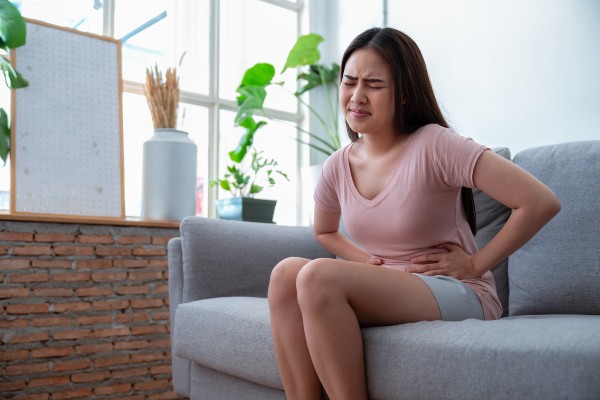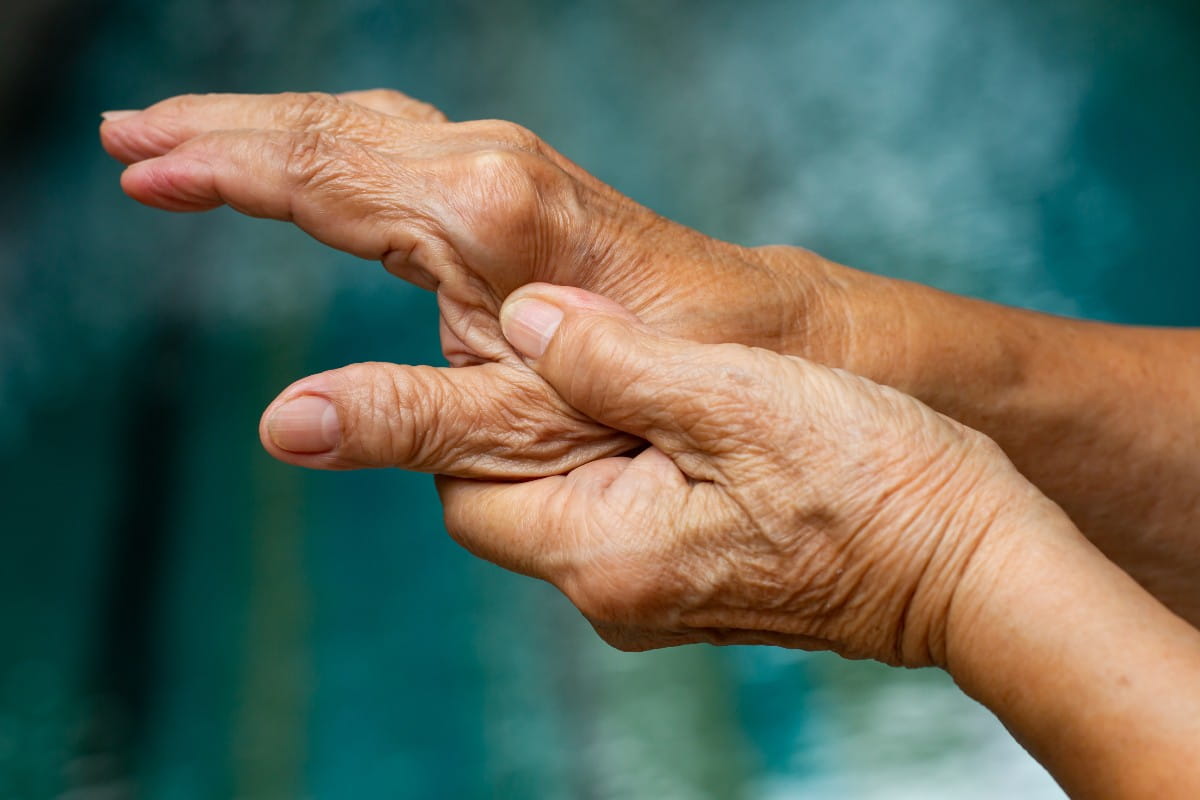If you are dealing with endometriosis — you’re not alone. Endometriosis affects more than 11 percent of American women between the ages of 15 and 44, according to the U.S. Department of Health & Human Services’ Office on Women’s Health.
Endometriosis causes tissue that normally lines the uterus — known as the endometrium — to grow outside of the uterus. Endometrial tissue may grow on your ovaries, fallopian tubes and other pelvic organs, including the vagina and bladder. Rarely, endometriosis can spread to other parts of the body.
What are the symptoms of endometriosis?
Heavy, long-lasting, painful periods are the major indicator of endometriosis — sometimes called simply “endo.” Pain during intercourse is also a frequently mentioned symptom.
Other common symptoms include:
- Other common symptoms include:
- Painful bowel movements or pain with urination during periods
- Diarrhea, constipation, nausea or other digestive problems during periods
- Bleeding or spotting between periods
- Endometrial cysts
- Infertility
- Chronic fatigue
Separating myth from fact
“For a condition that affects roughly one in 10 American women, endometriosis is marked by a surprising amount of misunderstanding. It’s important to separate fact from fiction in treating it,” says Lisa Casanova, M.D., obstetrician and gynecologist with Riverside Health.
Myth #1: Painful periods are normal
Fact: Most women will experience some level of cramping and pain with menstruation. But women with endometriosis often report extreme, debilitating pain during their periods that prevents them from maintaining their regular day-to-day activities.
Myth #2: I’m too young to have endometriosis
Fact: While endometriosis is typically diagnosed in women between the ages of 20 and 40, it can affect females as young as 11 — when they first get their period — according to the Endometriosis Foundation of America.
Myth #3: A hysterectomy will cure endometriosis
Fact: There is no cure for endometriosis. Hysterectomies are sometimes used as a last-resort treatment option for women whose symptoms have not improved after hormone therapies or less invasive surgical procedures. In some cases, endometriosis pain can return even following a hysterectomy.
Myth #4: Pregnancy cures endometriosis
Fact: Some women may experience a lessening of their symptoms during pregnancy, but there is no cure for endometriosis.
Myth #5: Endometriosis prevents pregnancy
Fact: It’s true that endometriosis can cause fertility challenges. The American Society for Reproductive Medicine estimates that between 30 and 50 percent of women with endometriosis may experience infertility. However, with fertility treatments — which may include surgery to remove pelvic scarring or blocked fallopian tubes — many women with endometriosis are able to have children.
Myth #6: Endometriosis is caused by tampon use or sexual activity
Fact: Using tampons and being sexually active does not cause endometriosis. The exact cause of endometriosis is unclear. Research has suggested retrograde menstruation — in which menstrual blood flows back through the fallopian tubes and deposits endometrial cells into the pelvic cavity — as one possible cause. Other avenues of research suggest that endometriosis may be linked to an immune system disorder or that it may be linked to certain inherited genetic factors, since the condition tends to run in families.
Seeking treatment for endometriosis
If you’re experiencing severe pain or heavy bleeding during your periods, or if you are having severe pain during intercourse, talk to your physician about getting evaluated for endometriosis. Diagnosis typically includes a pelvic exam and sometimes diagnostic imaging.
If you are diagnosed with endometriosis, your physician may prescribe hormonal birth control or other hormonal treatments to lessen your symptoms. Surgery may also be an option to remove endometriosis growths or blockages.
If you are diagnosed with endometriosis, your physician may prescribe hormonal birth control or other hormonal treatments to lessen your symptoms. Surgery may also be an option to remove endometriosis growths or blockages.



